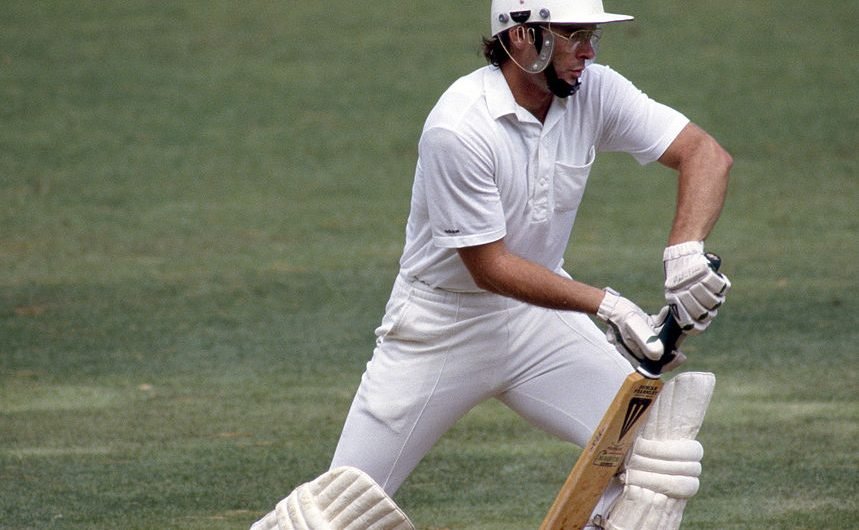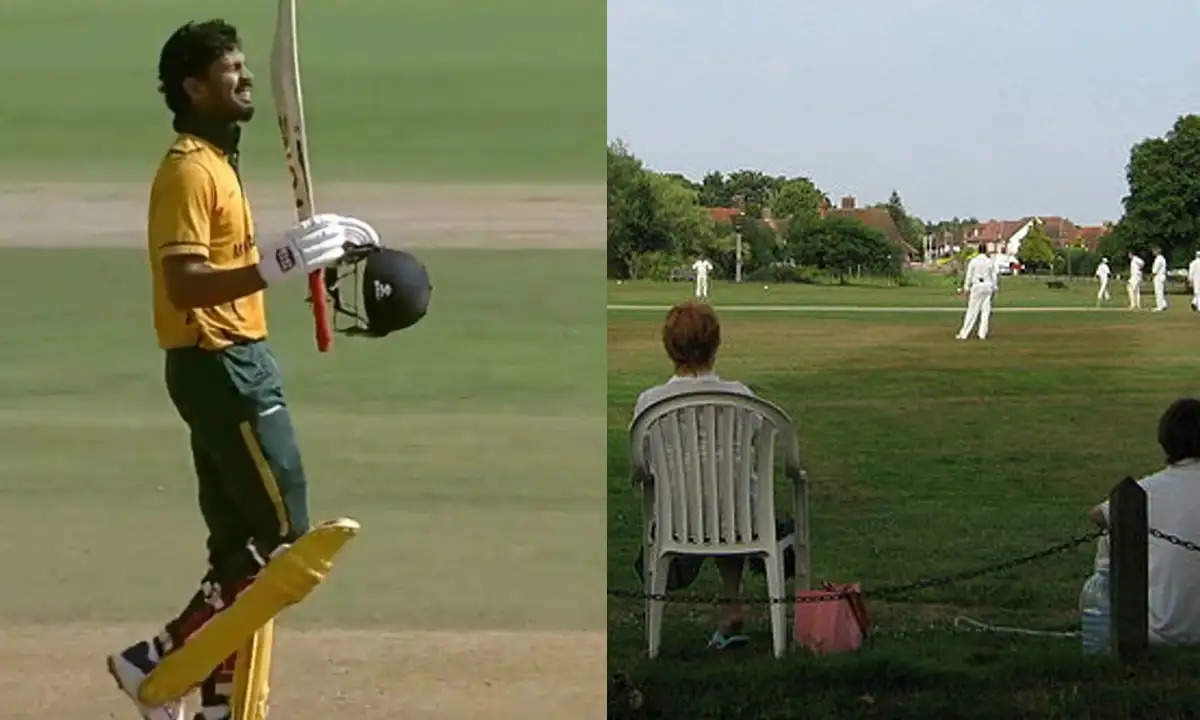The Maharashtra opener captain, Ruturaj Gaikwad, created history on Monday by smashing 7 sixes in an over during the Vijay Hazare Trophy quarter-final against Uttar Pradesh.
Yes:7 sixes in an over. How is that possible?
Left-arm spinner Shiva Singh was asked to bowl the penultimate over of Maharashtra’s innings and that over turned out to be a dream for Gaikwad and a nightmare for Shiva Singh.
The cover included a no-ball and Gaikwad smashed all the 7 balls he faced in the over to beyond the boundary line. 6,6,6,6,6nb,6,6: Read the over from Shiva Singh that went for 43 runs.
This was the first time in the history of List-A cricket that 7 sixes were hit in an over, and it was the most expensive over in List-A cricket.
However, this 43-run over is not the most expensive over in professional cricket.

In fact, the most expensive over recorded in cricket history is 77 runs!!
It is quite an astonishing fact. This over dates back to a first-class match in February 1990 between Wellington and Canterbury in Christchurch. The Wellington bowler Bert Vance conceded 77 runs in an over in what were quite dubious circumstances as Wellington wanted Canterbury to come close to their set target of 291 on the last day of that game.
Wellington needed to win this match – to bowl out Canterbury – to ensure that they secured the title. In the chase, Canterbury slipped 108 for 8 and victory looked imminent for Wellington. However, Lee Germon and Roger Ford, the pair for the 9th wicket, held the fort by defending solidly and looked for a draw.
With only two overs left and Wellington desperate for the remaining two wickets, Wellington’s captain and wicketkeeper, Morrison and Erve McSweeney conjured a plan where they give runs in the penultimate over to bring Canterbury close to the target, and then perhaps the batters will risk their last two wickets going for a victory.
Bowler Bert Vance agreed to the plan and bowled a spate of no balls – out of the first 17 balls he bowled, only one ball was legal. He sent easy down full tosses after full tosses from two-three yards down the pitch – to make the no ball as clear as possible – and the batters kept on hitting sixes.
Batsman Lee Germon brought up his hundred off the sixth ball, and took 70 off the over, including 8 sixes and 5 fours. Roger Ford faced two balls midway through the carnage and scored 5 runs.
Amid this chaos, the scorers couldn’t keep a track of the score then. Somehow, they decided that 18 were then required in the last over, and Germon scored 17 while Ford, not knowing what was required was just one more run, blocked the last ball and the match ended in a draw. Also, the umpire decided to end the over and only 5 legitimate deliveries were bowled!
The over went as follows (the balls in bold are the legitimate ones) – 0444664614106666600401
Wellington’ Bert Vance conceded 77-run in an over in a #first-class match in #1990. Over: #0444664614106666600401 pic.twitter.com/wIZsSYN3Mm
— Gaurav (@GauravDas) October 27, 2014
“I nearly had heart failure when I learnt a little time after the game that Canterbury only needed one to win and we had Vance bowling to a very leaky field,” Morrison explained, as quoted by ESPNcricinfo. “It was also very possible because of the confusion that he may have bowled yet another no ball.
“I decided that the tactic, while being innovative, was definitely a once only! But it’s now a noted game and lives on whereas if the conventional tactics had been used the game would have faded completely and anonymously into the past.”

